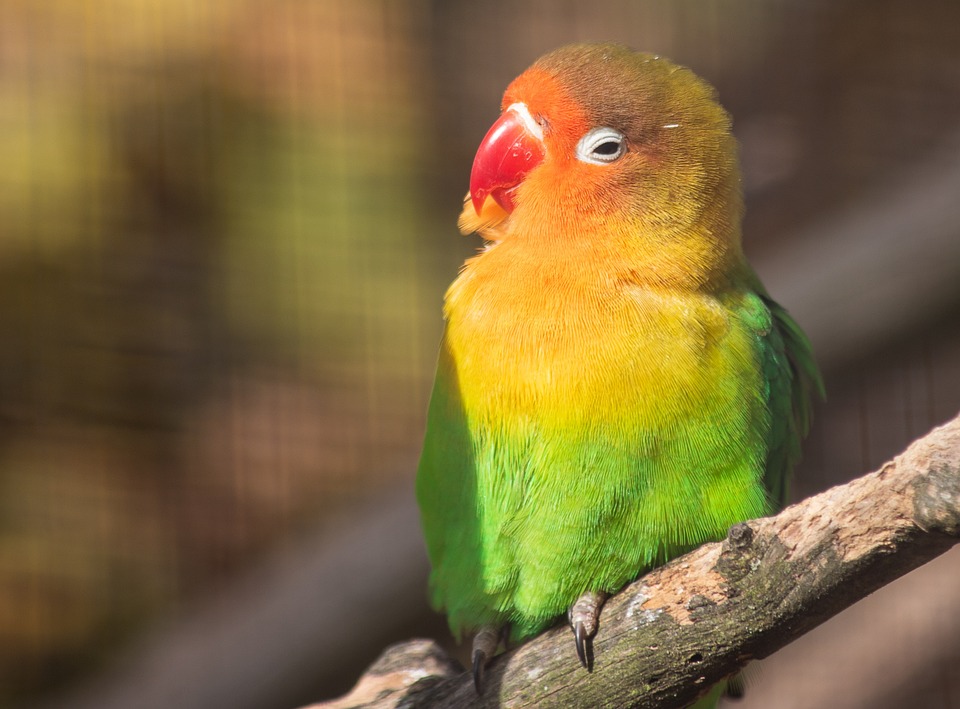Parrots are highly intelligent and social creatures that thrive on mental and physical stimulation. Providing a variety of perches can greatly enhance your parrot’s well-being and overall behavior. In this article, we will explore different types of perches and effective techniques to encourage your parrot to interact with them. Additionally, we will address frequently asked questions about parrot behavior and perches.
Why is it important for parrots to have different types of perches?
Parrots spend a significant amount of time on perches, as it is their primary mode of movement within their environment. Offering a range of perches provides essential physical exercise, helps maintain healthy feet, and stimulates their natural behaviors. Variety in perches also prevents boredom and encourages mental engagement, reducing the risk of destructive behaviors.
Types of perches to consider
1. Natural wood perches: These perches mimic the branches found in a parrot’s natural habitat. They come in various diameters and textures, offering your parrot a more natural and comfortable grip. Natural wood perches also promote foot health by encouraging exercise and preventing pressure sores.
2. Rope perches: Made of soft, woven materials, rope perches provide a different texture for your parrot to grip. They offer flexibility and can be twisted into different shapes, allowing your parrot to exercise its feet and promoting balance.
3. Thick perches: Thick perches provide a wider surface area for your parrot to stand on, reducing strain on its feet. These perches can be made of various materials such as PVC or concrete, providing different textures and temperatures for your parrot’s comfort.
4. Swing perches: Swings offer a dynamic perch that simulates the swaying motion parrots experience while perched on branches in the wild. Swings can be made of rope, wood, or metal, but ensure they are securely attached to prevent accidents.
5. Foraging perches: These perches combine the opportunity for mental stimulation and physical exercise. They consist of a perch with built-in compartments or attachments where you can hide treats or toys. This encourages your parrot to explore and forage, mimicking its natural behavior in the wild.
Techniques to encourage perch interaction
1. Placement: Position perches at various heights and locations within your parrot’s cage or aviary. This allows your parrot to choose where it feels most comfortable and provides opportunities for different perspectives and views.
2. Rotation: Introduce new perches periodically and rotate their placement. This keeps your parrot’s environment fresh and exciting, preventing boredom. It also encourages your parrot to explore different perches and adapt to changes in its surroundings.
3. Positive reinforcement: Use positive reinforcement techniques such as treats, praise, or favorite toys to reward your parrot for interacting with different perches. This creates a positive association and encourages continued exploration.
4. Social modeling: Parrots are highly social animals and learn from observing others. Spend time interacting with different perches yourself, demonstrating their use and enjoyment. Your parrot may be more inclined to explore when it sees you engaging with the perches.
FAQs about parrot behavior and perches
Q: How do I know if my parrot is using the perches effectively?
A: Observe your parrot’s behavior. If it spends time on different perches, shows curiosity, and engages with toys or treats attached to the perches, it is likely utilizing them effectively.
Q: Can I use perches from outside for my parrot?
A: It is generally not recommended to use branches or perches from outside, as they may contain harmful pesticides, parasites, or bacteria. Opt for commercially available, safe, and properly sanitized perches instead.
Q: My parrot seems reluctant to try new perches. What can I do?
A: Patience is key. Introduce new perches gradually, allowing your parrot to observe them from a distance before encouraging closer interaction. Offer treats or favorite toys near the perches to create positive associations.
Q: How often should I change the perches?
A: It is advisable to rotate and introduce new perches every few weeks to keep your parrot mentally stimulated and prevent boredom. However, monitor your parrot’s preferences and adjust accordingly.
By providing your parrot with different types of perches and using effective techniques, you can ensure its physical and mental well-being. Remember to monitor your parrot’s behavior and adjust the perches to cater to its preferences. With time and patience, your parrot will thrive in an enriched environment.









